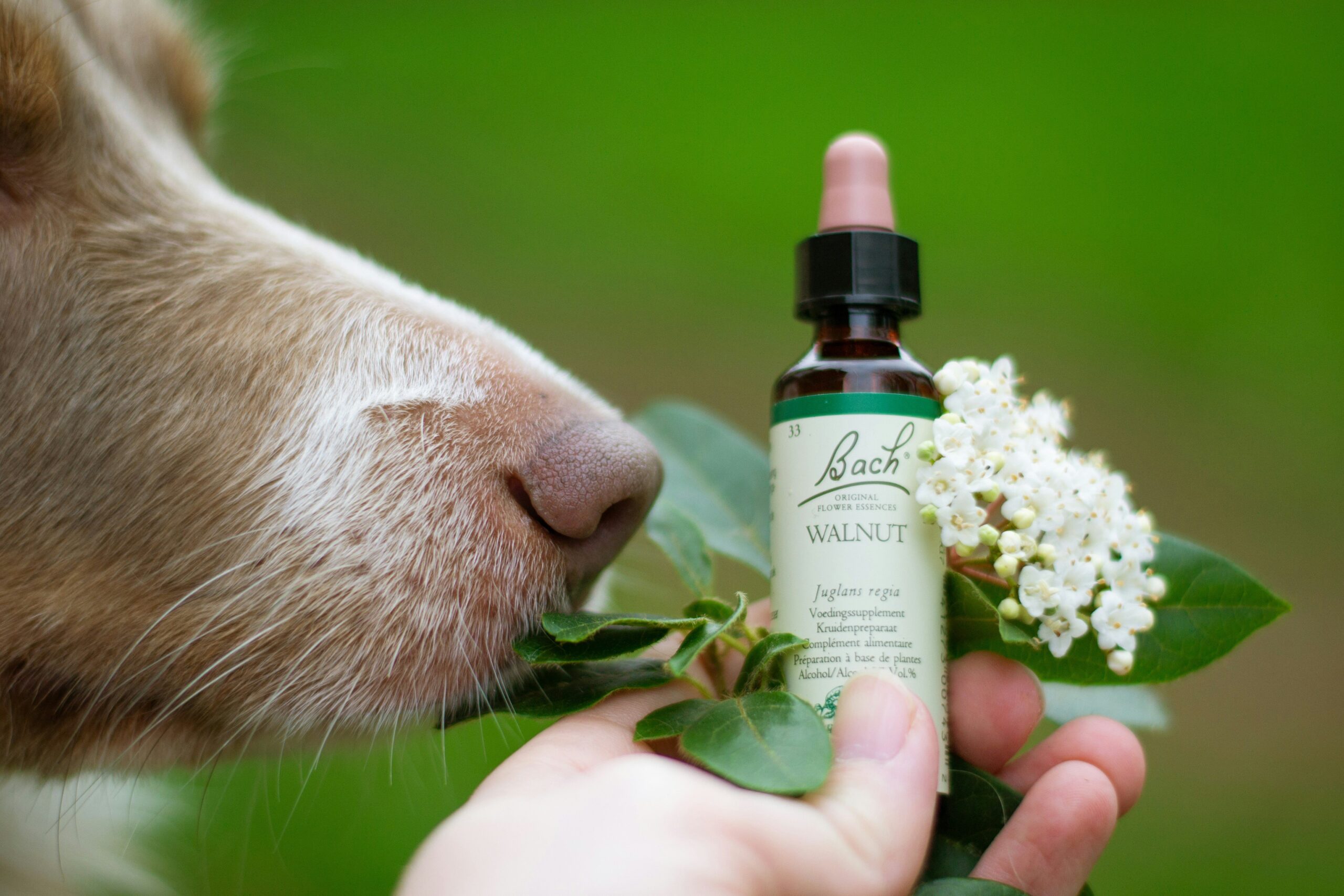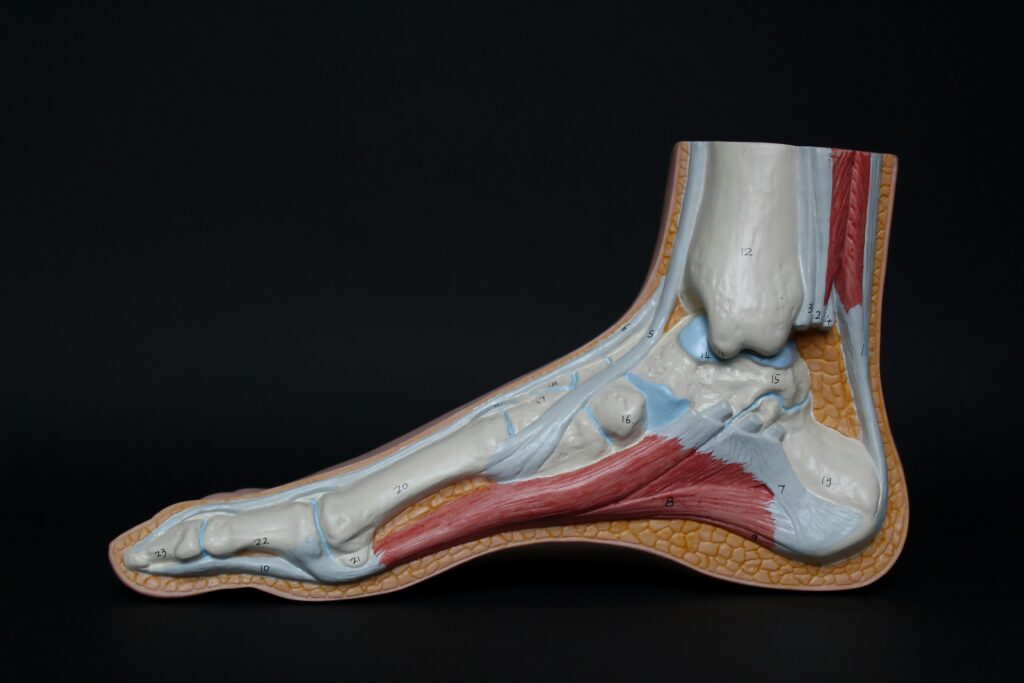Ever noticed your furry friend scratching their ears like they’re auditioning for a DJ gig? Yeah, us too. And if you’ve been down the rabbit hole of vet visits, antibiotics, and pricey treatments—only to find your pup still miserable—you’re in the right place. What if I told you there’s a golden (literally!) solution sitting in your spice cabinet? That’s right—turmeric for ear infections could be the game-changer you’ve been searching for. Today, we’re diving deep into how turmeric works, why it might just save your pet’s ears, and how to use it safely.
In this guide, we’ll explore the science behind turmeric’s healing powers, step-by-step instructions on how to incorporate it into your pet’s routine, expert tips, real-life success stories, and even a sprinkle of brutal honesty. So grab a cup of coffee (because let’s face it, pets are exhausting), and let’s get started!
Table of Contents
- Introduction
- Key Takeaways
- Why Ear Infections Happen & Why Traditional Treatments Fail
- How to Use Turmeric for Ear Infections Safely
- 3 Best Practices for Administering Turmeric Supplements
- Real Stories: Pets Who Healed with Turmeric
- FAQs About Turmeric for Ear Infections
- Conclusion
Key Takeaways
- Turmeric’s anti-inflammatory properties can help reduce swelling and discomfort caused by ear infections.
- Always consult your vet before introducing any new supplement, including turmeric.
- Black pepper enhances turmeric absorption—don’t skip it!
- Topical applications of diluted turmeric paste may provide additional relief.
- Avoid overusing turmeric, as excessive amounts can upset your pet’s stomach.
Why Ear Infections Happen & Why Traditional Treatments Fail

Pets, especially dogs, are prone to ear infections thanks to their adorable floppy ears, love for rolling in questionable stuff, and occasional swimming adventures. But here’s the kicker: traditional treatments often involve harsh chemicals or antibiotics that only mask symptoms rather than addressing the root cause. Plus, repeated antibiotic use can wreak havoc on your pet’s gut health.
Confession time: I once thought slathering Neosporin inside my dog’s ear was a genius move. Spoiler alert—it wasn’t. It made things worse, and I ended up paying $200 at the vet for lessons learned the hard way. Sound familiar?
How to Use Turmeric for Ear Infections Safely
Step 1: Choose the Right Form of Turmeric
You can use powdered turmeric, capsules, or liquid extracts. Powdered turmeric is budget-friendly but requires careful dosing.
Step 2: Prepare a Turmeric Paste
Mix 1 teaspoon of turmeric powder with 1 tablespoon of coconut oil and a pinch of black pepper. Apply sparingly around the outer ear—not directly inside!
Step 3: Monitor for Allergic Reactions
Start small and watch for signs of irritation, such as increased itching or redness. If anything seems off, stop immediately and consult your vet.
3 Best Practices for Administering Turmeric Supplements
- Consult Your Vet: Even natural remedies aren’t one-size-fits-all. Optimize dosage based on your pet’s size and breed.
- Add Black Pepper: This boosts curcumin absorption by up to 2000%. No black pepper, no party.
- Pair with Healthy Fats: Coconut oil not only helps absorption but also soothes irritated skin. Win-win!
Real Stories: Pets Who Healed with Turmeric

Meet Max, a Golden Retriever who suffered chronic ear infections for years. His owner tried everything until she stumbled upon turmeric supplements. Within weeks, Max stopped scratching, and his vet noted significant improvement during follow-ups. “It’s chef’s kiss for drowning out the misery of ear infections,” she says.
FAQs About Turmeric for Ear Infections
Q: Can turmeric cure all types of ear infections?
While turmeric has powerful anti-inflammatory and antimicrobial properties, it’s not a magic bullet. Severe infections require professional care.
Q: Is turmeric safe for cats?
Yes, but proceed cautiously. Cats metabolize supplements differently, so always check with your vet first.
Q: Does turmeric taste bad?
Let’s just say your pet won’t mistake it for peanut butter. Mixing it with food disguises the flavor pretty well.
Conclusion
Turmeric isn’t just another trendy wellness fad; it’s a centuries-old remedy with modern appeal. By understanding how to use turmeric for ear infections effectively—and avoiding rookie mistakes—you can give your pet the relief they deserve without breaking the bank. Remember, though, every pet is unique. Stay curious, stay informed, and always prioritize professional advice.
*Optimist You:* “Follow these steps, and your pet’s ears will thank you!”
*Grumpy You:* “Ugh, fine—but only if coffee’s involved.”*
Like a Tamagotchi, your SEO needs daily care. 🌿


